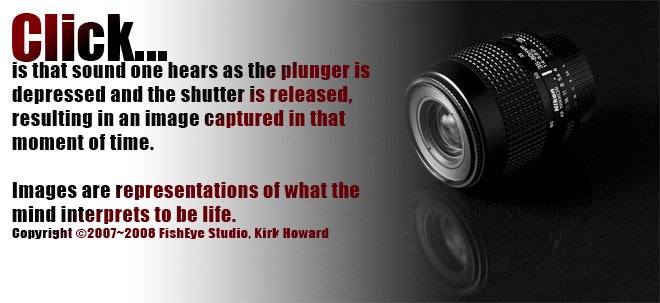
I was told long ago that when you take picture of flowers never (if possible) take the picture of a flower straight down. It makes the flower look flat and ordinary. I shot this image not with my Nikon D70s, instead I had my Panasonic TZ3 in hand.
It was almost on my belly to capture an upward angle. I was trying to do two things: One get a bug’s eye view and two try to eliminate the Marin hills in the background from the frame.
I cropped this image, changed the aspect from landscape to portrait. I made some minor adjustment to contrast, brightness and saturation. I used Microsoft Office Picture Manager. It’s not very good photo editing not like CS3, but it’s all I have at work.
Here is a good on-line resource I use for photography tips in a pinch. Digital Photography School has a great article on Photographing Flowers
How to Take Pictures of Flowers
These simple hints will help you move the quality of your flower photos from good to great.
1. Get very close to the subject
Flowers can have stunning appeal from a distance by adding splashes of color to a scene, or lending a particular mood, but for truly dramatic flower photos getting in close is the best. This will enable you to draw attention to the intricate and fascinating details every flower has to offer.
Consider using your macro mode to get as close as physically possible or your portrait mode to zoom in and manage perspective distortion. Also, letting your flower spill over the frame of your photo will lend a larger-than-life appeal.
2. Clear the clutter
The best flower photos usually zero in on a single flower or small group of flowers making them very similar to portraits. So, just as you would for a portrait, concentrate on eliminating clutter from your view.
Accomplish this by using depth of field to blur background areas, by shifting your viewpoint to simplify the background, for example by making the background the sky rather than a field of other flowers, and by using shadows to obscure background areas.
3. Get the right light
Soft morning and evening light work best by enabling you to capture the delicate textures of petals and stamina. Backlighting works well to provide a broader range of colors, both solid and translucent, as well as to highlight the fragility and transience of each blossom.
Likewise, a deliberate use of shadows can enhance the mood and further concentrate attention on areas of high detail. Light diffusion panels widely available in camera stores can come in handy for many flower shoots as the best light can be fleeting and good shots can take time to compose.
4. Look for ways to complement colors
Look for ways to combine colors that complement each other, such as catching yellow and orange flowers against a deep blue sky, or red roses against a background of white clouds.
5. Arrange your own setting
While thoughts often settle on the outdoors and natural settings when flower photography comes up, some of the most stunning floral photos are those arranged down to the last detail in a studio-like setting. Think of flower heads floating in a silver bowl on a white-linen, candle-lit table and you'll be on your way.
Thursday, January 3, 2008
Daffodil…
Subscribe to:
Post Comments (Atom)


No comments:
Post a Comment